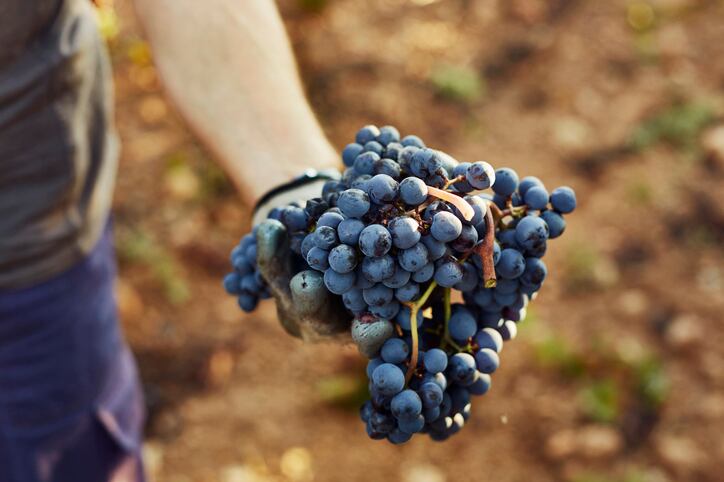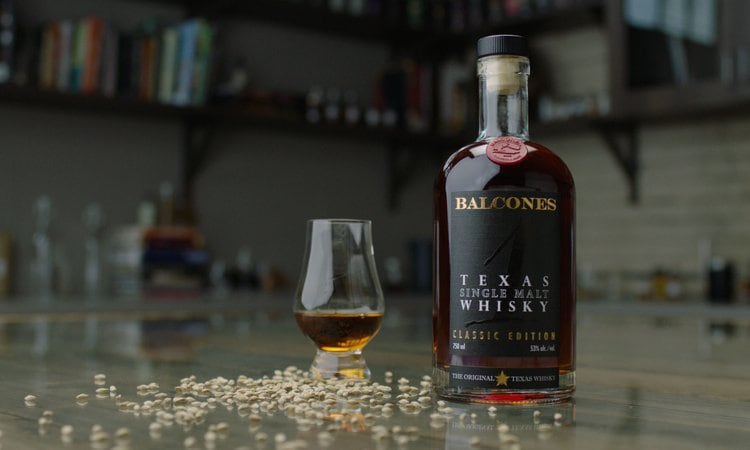While total volumes of wine (-2%), beer (-2%) and cider (-4%) all declined in 2022, the premium-and-above segments of each grew: wine (+6%), beer (+4%) and cider (+11%). Total spirits volumes were up +2%, with premium+ up +13%, while RTDs showed moderate gains at less than +1% with premium+ up +38%.
Furthermore, long-term premiumization trends in spirits has boosted the category with crossover in RTDs as pre-mixed cocktails and spirit-based RTDs gaining ground.
Why premiumization now?
Premiumization has been a long-term trend. But as inflation and economic uncertainty continue to bite, why are consumers still willing to pay more?
Firstly, premium consumers still have money to spend and many still feel secure in their own personal finances, notes IWSR. High-income drinkers (those earning over $150,000), for example, were especially secure, and across all demographics, Millennials show more confidence than older drinkers. IWSR consumer data shows consumer spending and purchasing volume are up in 2022 vs 2021 in most tracked categories.
Premiumization is occurring most notably in spirits. Overall, 33% of Americans said they had spent $50 or more on a bottle of alcohol in 2022, against just 24% in 2021. Furthermore, six in 10 online shoppers say they spend more on alcohol online than in-store.
Another area where premiumization has been thriving is at home: the vast majority of Americans say they consume alcohol at home and 46% of those surveyed say they are likely to treat themselves to premium options there – a factor which is particularly beneficial for wine and beer.
Spirits to overtake beer
Total whisky category volumes (up +3% in 2022 vs 2021), surpassed vodka (less than +1% growth in 2022 vs 2021) last year for the first time in almost two decades. US whiskey holds the largest share of total whisky volumes, as well as percentage growth (+4%), with value increases led by bourbon which increased by +8%.
Agave spirits contributed $1.6bn to the spirits industry in 2022. This growth accounted for 70% of the overall volume growth and 65% of overall value growth of total US spirits.
In 2022, tequila surpassed US whiskey by value to become the second most valuable spirits subcategory in the US. Tequila alone is set to overtake vodka in 2023 to become the industry leader by value.
"Traditional spirits are expected to overtake traditional beer as the share of servings leader for the first time in modern history this year," says IWSR. "This means on a drink-by-drink basis, more Americans will drink traditional spirits."
This is also partly due to a weaker beer market: which, although continuing to recover from pandemic losses, sees domestic beer (commanding a 79% volume share of total beer) struggling from long-term decline. A bright spot for beer, however, is imports (and particularly Mexican beer) showing positive volume gains at +4%.
The RTD category (which includes all alcohol bases) was able to post seven straight years of volume gains but saw a much lower growth rate than in previous years, (+1%) in 2022, as malt-based hard seltzers slow down. Spirit-based RTDs, hard teas and FABs show momentum however and premiumization is evident across the RTD category as value increased by +6%.
Sparkling wine achieves its 21st consecutive year of both volume and value gains
While sparkling wine sees continued growth, the total wine category declined by volume for the second straight year, decreasing -2% in 2022 vs 2021. From a value perspective, total wine posted modest growth (+1%). Still wine continues to drag down overall wine performance (-3%) as declines in the standard-and-below segment were unable to be offset by advances occurring in the premium-and-above tiers.
"Within still wine, a strengthening trend of health and wellness is bringing awareness to the no- and low-alcohol subsegments," notes IWSR. "In other wine segments, rice wine/sake (+3%) and flavored wine (+8%) performed well. Rice wine/sake benefited from a return to the on-premise, while flavored wines attract younger LDA consumers drawn to flavor, a halo effect from the RTD category."
Strengthening on-trade
After the disruption of the pandemic, IWSR predicts the picture will stabilize over the next five years.
In 2022, for example, ecommerce share of alcohol sales rose 1% - a much more moderate increase than the heights of the pandemic.
"On-premise recovery is evident with the channel up +24%, and with a full return to pre-pandemic volumes expected in 2023," notes IWSR. "Half of consumers expect their on-trade drinking to remain the same, although many are watching what they spend and reducing the frequency of visits."




